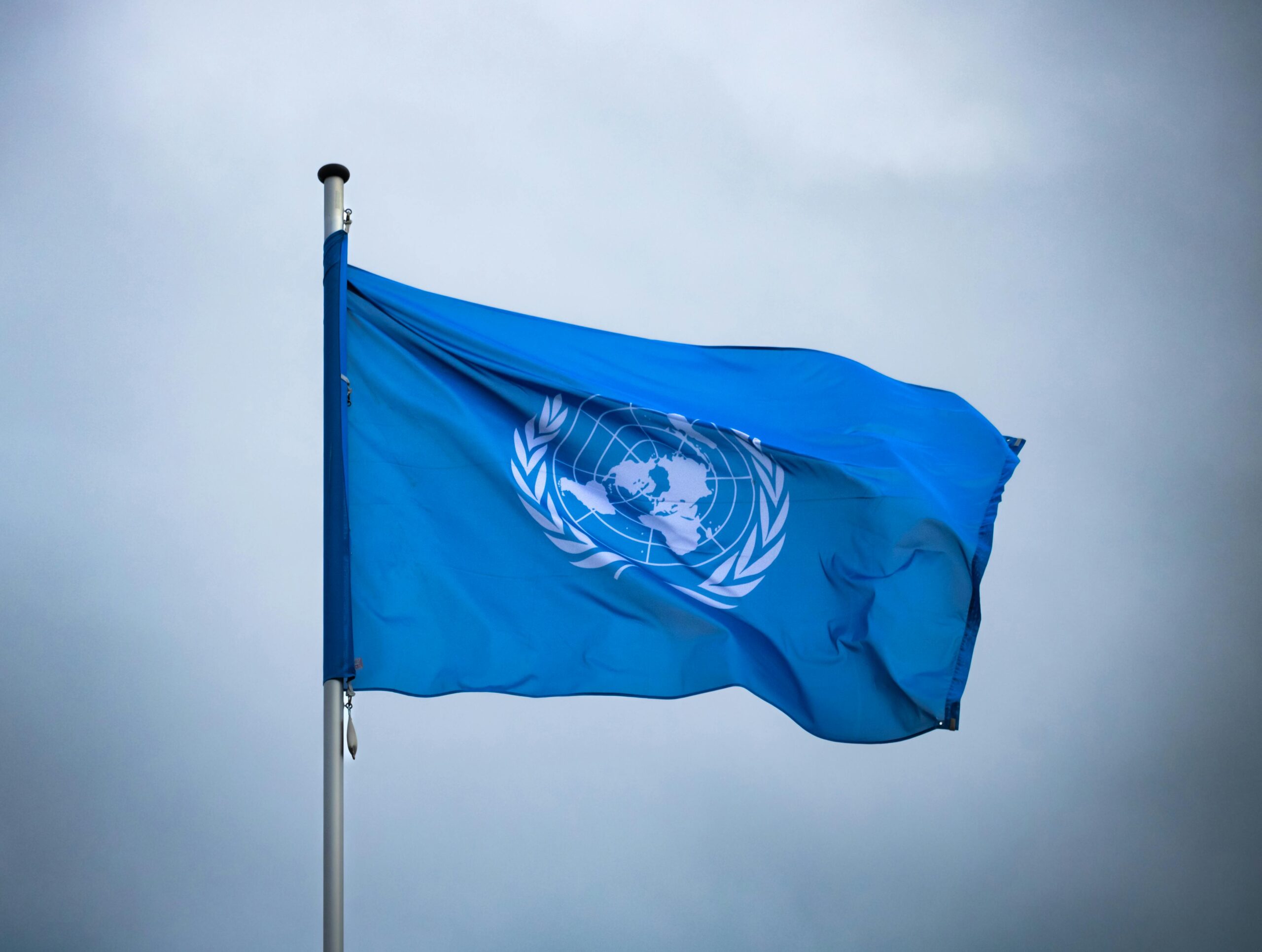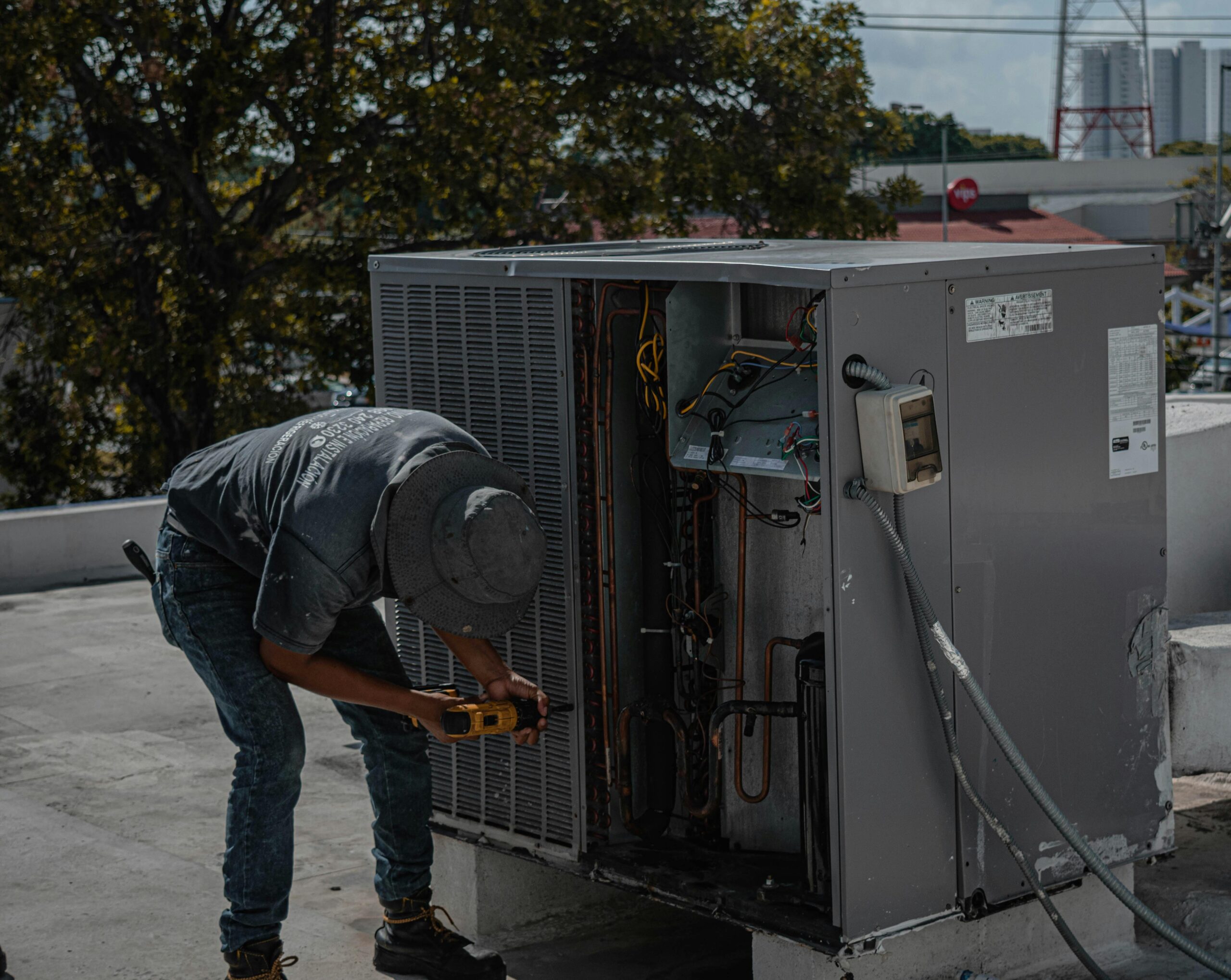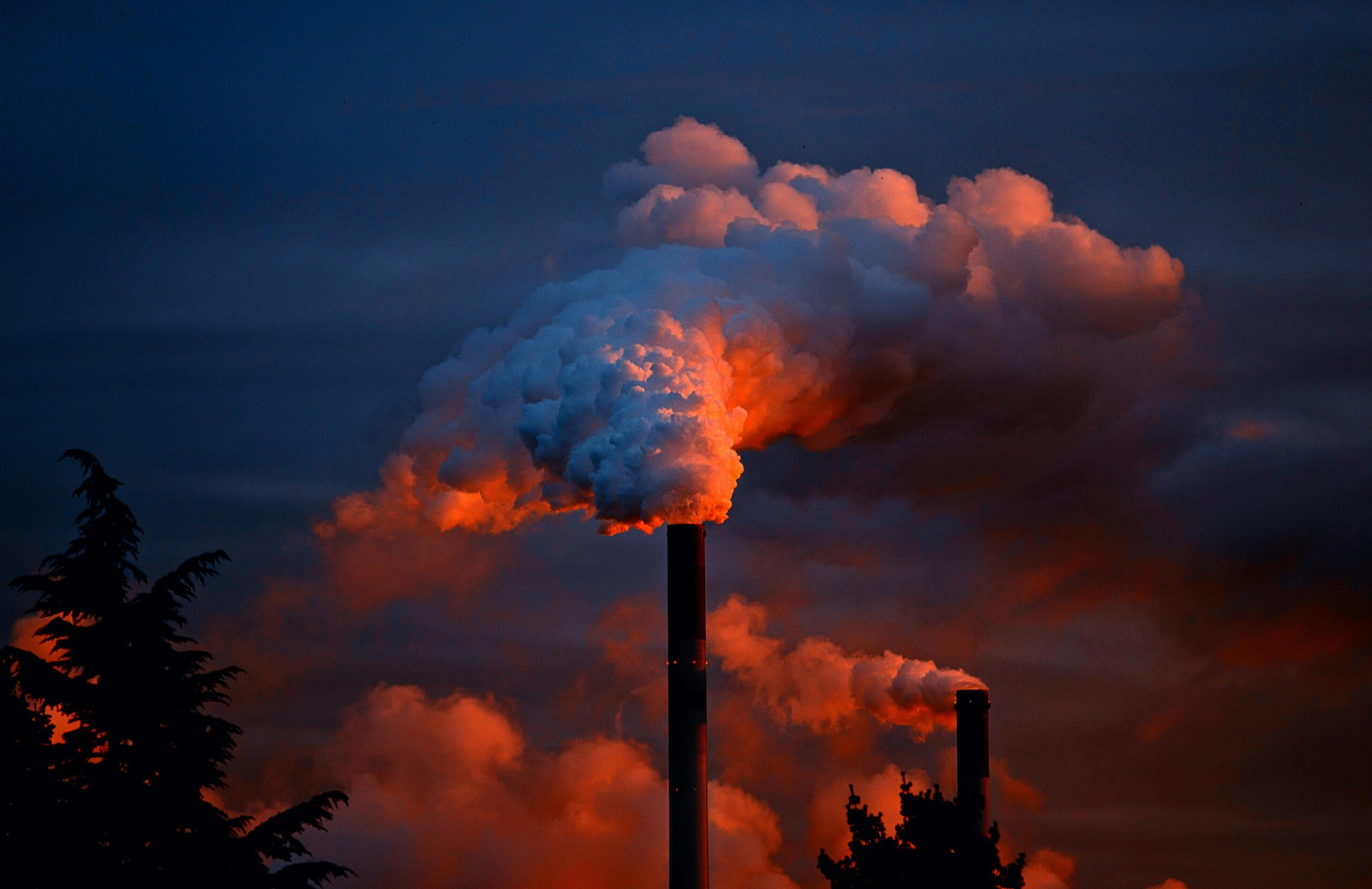
Trakref
COP26 – What Now?

After a two week meeting this past November, the 26th Conference of the Parties to the United Nations Framework on Climate Change (COP26), participating nations came up with the Glasgow Climate Pact which proudly announced the accomplishments of the summit. The pact once again affirmed the goal to achieve environmental sustainability by reducing the increase in the global average temperature to “well below 2°C” above pre-industrial levels and to pursue efforts to limit temperature increase to 1.5°C above pre-industrial levels. The pact also calls on all nations to limit global warming to 1.5°C requires through “rapid, deep, and sustained reductions in global greenhouse gas (GHG) emissions, including reducing global carbon dioxide emissions by 45 per cent by 2030 relative to the 2010 level and to net zero around mid-century, as well as deep reductions in other greenhouse gases.”
As reported by Alvin Powell of the Harvard Gazette, “there is widespread agreement that the safest path would be to hold (global) warming to … about 2.7 degrees Fahrenheit.” However, United Nations projections show that avoiding even a rise of 3.6 degrees Fahrenheit may not be possible.
In response to meeting even the smallest of warming avoidance and environmental footprint goals stated in the pact, Robert Stavins, A.J. Meyer Professor of Energy and Economic Development and founder of the Harvard Project on Climate Agreements, proclaimed in a recent interview, “Only if there’s a miracle.”
“John Kerry declared COP26 a success before it was even halfway done. And Greta Thunberg did the opposite, declaring it a failure.”
– Alvin Powell, Harvard Gazette
Stavins continues with this assessment: “The best modeling would indicate that 2 degrees C is not feasible, let alone 1.5 degrees, unless there is very widespread penetration of nuclear power around the world, or new technologies that are simply unheard-of presently, or carbon removal technologies being put in place widely. Without those, that is basically not achievable.” Backing up that claim is a February 2021 United Nations Synthesis Report on Nationally Determined Contributions (NDCs). The daunting report concluded that the commitments to the Paris Agreement are not on track to meet the Paris Agreement goals.
The research coalition Climate Action Tracker (CAT) said the promises by countries attending the conference to cut greenhouse gas emissions by 2030 would still allow the Earth to heat up far beyond the United Nations target by 2100. “Even with all new Glasgow pledges for 2030, we will emit roughly twice as much in 2030 as required for 1.5C,” CAT reported after the conference, referring to the aspirational goal for warming since pre-industrial levels set down in the 2015 Paris Agreement. This chart shows the disparity between COP26 aspirations and reality.
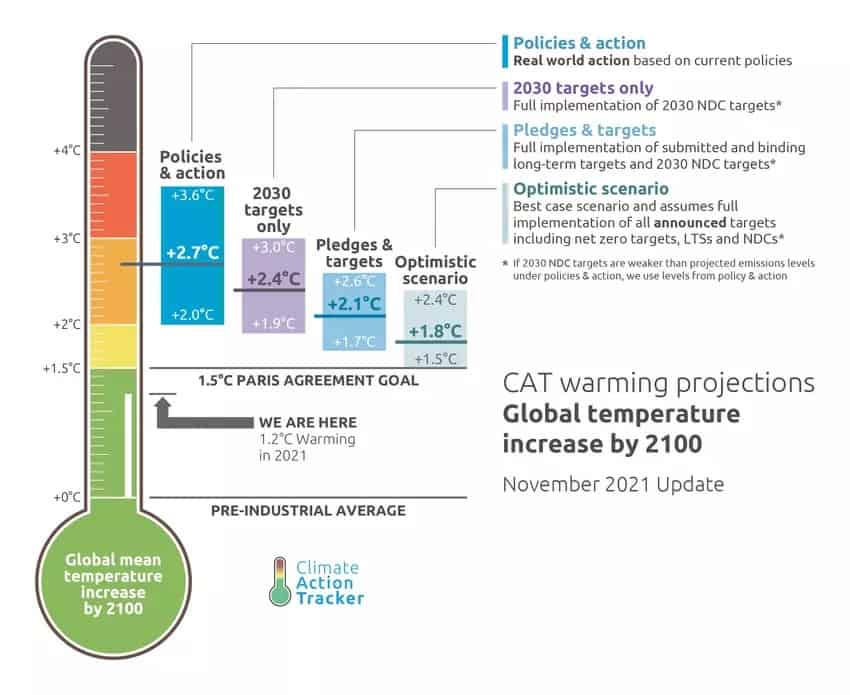
It is realizations like these, and an important report from the Intergovernmental Panel on Climate Change (IPCC,) that led UN Secretary-General António Guterres to declare in August, “A Code Red for humanity.” The IPCC report stated with stark clarity that climate change’s effects are widespread, rapid, and intensifying, with some trends already irreversible, even with corporate sustainability initiatives.
“It’s one thing when you have people outside waving signs, which is nice and raises visibility, but it really doesn’t do anything. However, once you get business engaged, you really have the potential of powerful forces that can make real change. I’ve been covering this issue for a long time. And, and it feels like we have reached a slightly different era, a more beneficial era.”
– Alvin Powell, Harvard Gazette

Though the outlook is bleak, it is important to understand the outcome and potential of meetings like COP26 and COP27 taking place in Egypt, November 2022. Here is Trakref’s summary
National Determined Contributions (NDCs). NDCs are supposed to be submitted every five years with occasional increase in goals. Since 2016, 194 counties have submitted NDCs overall. In April 2021, President Biden announced the U.S.’s updated NDC, which puts the country on a more urgent schedule to cut GHG emissions from 2005 levels by 50 percent by 2030, which is nearly double the U.S.’s previous commitment. The U.S. is in the top five emitters of CO2 globally, along with the EU, China, India, and Russia, and the UK.
Carbon Markets. Carbon markets, both regulatory and voluntary, aim to cost-effectively reduce the emission of CO2 and other GHGs. It was hoped that COP26 would provide a sort of “Paris Rulebook” pursuant to Article 6 of the Paris Agreement. Far greater clarity is needed in this area in order to answer essential questions associated with carbon market operations.
According to Harvard’s Stavins, “that was the one part of the Rulebook, which hadn’t been completed. It worked out. Some might describe it as a half-full glass of water. I’ll go for three-quarters full.”
The Article 6 deal made at COP26 might help avoid the double – or more – counting of emissions reductions. The deal allows the use of Clean Development Mechanisms (CDMs) from the Kyoto Protocol that were registered on or after January 1, 2013, yet it limits both (1) the amount of such credits that can be carried over into the Paris credit system and (2) the use of such credits to the first (or first updated) cycle of NDCs, to prevent an overwhelming market supply. The agreement also restricts greenwashing style claims of emissions reductions to those backed by “corresponding adjustments” made at the point of authorization of an offset. A corresponding adjustment is made by the host country to its own inventory to account for the credit transfers.
Stavins explains Article 6 this way, “There are two important parts of Article 6. One is Article 6.4, which is essentially a continuation of the Clean Development Mechanism — an offset system from the days of the Kyoto Protocol. The other is Article 6.2, which is what I was working on, and it is the crucial accounting mechanism for linkages between different countries around the world and their systems to limit emissions. They can establish linkages, and then firms within those countries can carry out trading. This can lower compliance costs tremendously, and thereby facilitate significantly greater ambition. There were two problematic approaches that were being pushed by some countries, and they wound up in 6.4, but not in 6.2. So, I was relieved and pleased with that.”
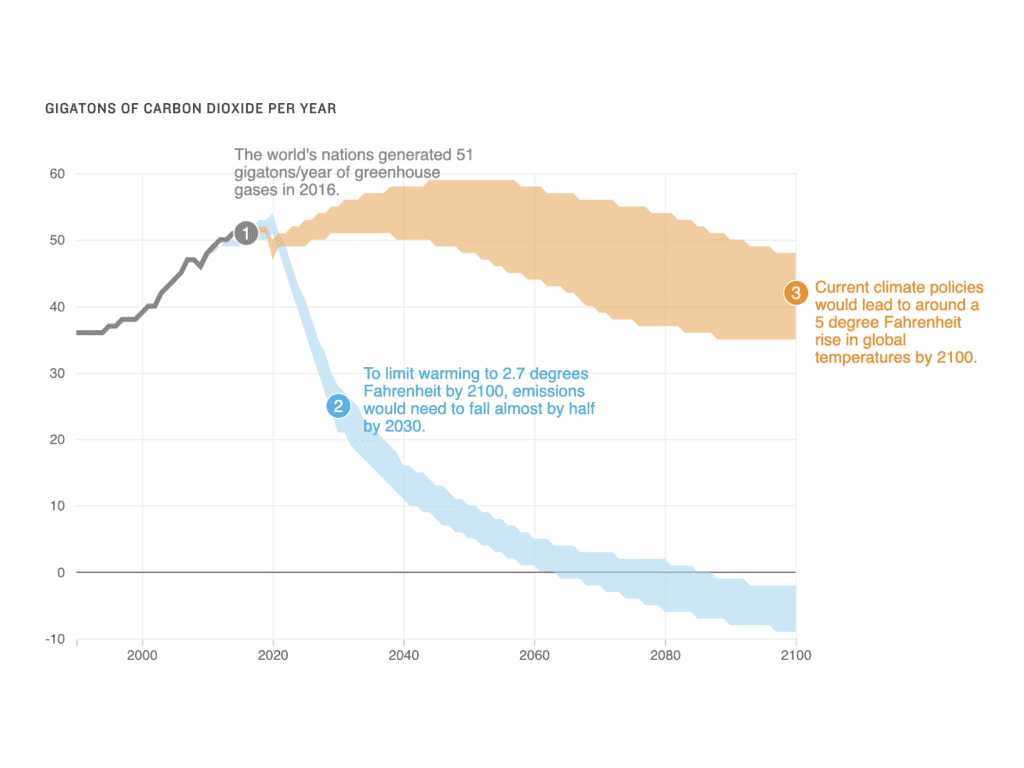
Adaptation. The Paris Agreement included a goal to increase adaptation efforts (e.g., global resilience and reduce vulnerability to climate-related impacts). At COP26, over 100 organizations joined together to launch the Adaptation Research Alliance aimed at effective adaption to reduce the risks posed by climate change, particularly for those most vulnerable. The conversation on adaptation often focuses on what developed countries should be doing to assist with adaptation efforts in developing countries. As a first step, the Alliance set out guidelines to help “stimulate systemic change.” The impact principles underscore need-based research, concepts such as “learning-while-doing” to enable adaptation action to be evidence-based and increasingly effective.
“We’re in an era today where everything is either catastrophe or a disaster or it’s fake. The reality is, people do that because it’s just a way to get attention. But nothing gets done. We just wind up with people screaming all the time.”
– Alvin Powell, Harvard Gazette
Finance. Who is going to pay for the efforts necessary to meet all these goals? The Paris Agreement commits developed countries to contributing $100 billion per year between 2020 and 2025 to help developing countries meet their own goals. The commitments to these goals have not been met by developed countries. No matter. These developed countries remained committed to the $100 billion goal at COP26.
Further, and somewhat related, COP26 saw pledges to halt and reverse forest loss and land degradation by 2030. The 141 signatory countries cover approximately 91 percent of the world’s forests, close to 14.25M square miles.
Methane. Emissions such as methane, black carbon, nitrous oxide, and fluorinated gases are often called “super- pollutants” because they are much more potent at warming the planet than carbon dioxide. While these substances remain in the atmosphere for far shorter periods of time, their warming potential is hundreds and even thousands of times greater. Consequently, the U.S. launched the global methane pledge with a goal to reduce methane emissions by at least 30 percent by 2030. At COP26 the U.S. issued policies and plans in order to achieve this goal. Many nations supported the pledge. China, India, and Russia have not signed on.
”What’s important is for these alternate sources to become price competitive and hopefully, undercut, if traditional dirty sources of energy. That’s when we’ll see significant change. But you should never underestimate the size of the installed base and the power of continuing to do what you did yesterday.”
– Alvin Powell, Harvard Gazette
Coal. COP26 saw 46 countries signing onto a Global Coal to Clean Energy Transition Statement, committing them to transition away from unabated coal power generation by about 2030 for “major economies” and a global transition by 2040 or so. The statement focuses on increasing technologies, policies, and deployment of cleaner power generation and while simultaneously slowing permitting and construction of new unabated coal-fired power generation projects.
So, what now? As reported by Powell in the Harvard Gazette, Rob Stavins gives us this hopeful summation. “I think there are two important elements, and one is indeed the increased attention and activity of the business community. But the other is the presence of young people. It is absolutely clear that young people feel more strongly, by and large, about climate change and actions to address climate change than do older generations. … These young people as they mature are going to change the world.. Ten years or more from now, by being the delegates inside the COP, today’s youth will have a marvelous opportunity to change the world. Let’s hope they do so.”
Get more information on the most important stories relating to managing your refrigerants. Start by downloading “The Financial Impact of Refrigerant Leaks,” Trakref’s exclusive in-depth look at how these challenges stand in the way of your organization’s success, including in ESG reporting and answering sustainability audit questions.

